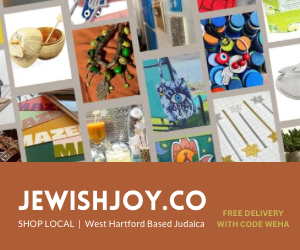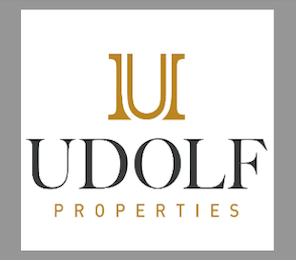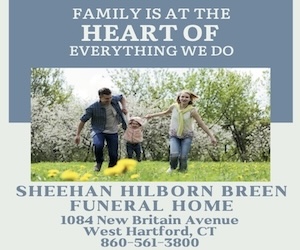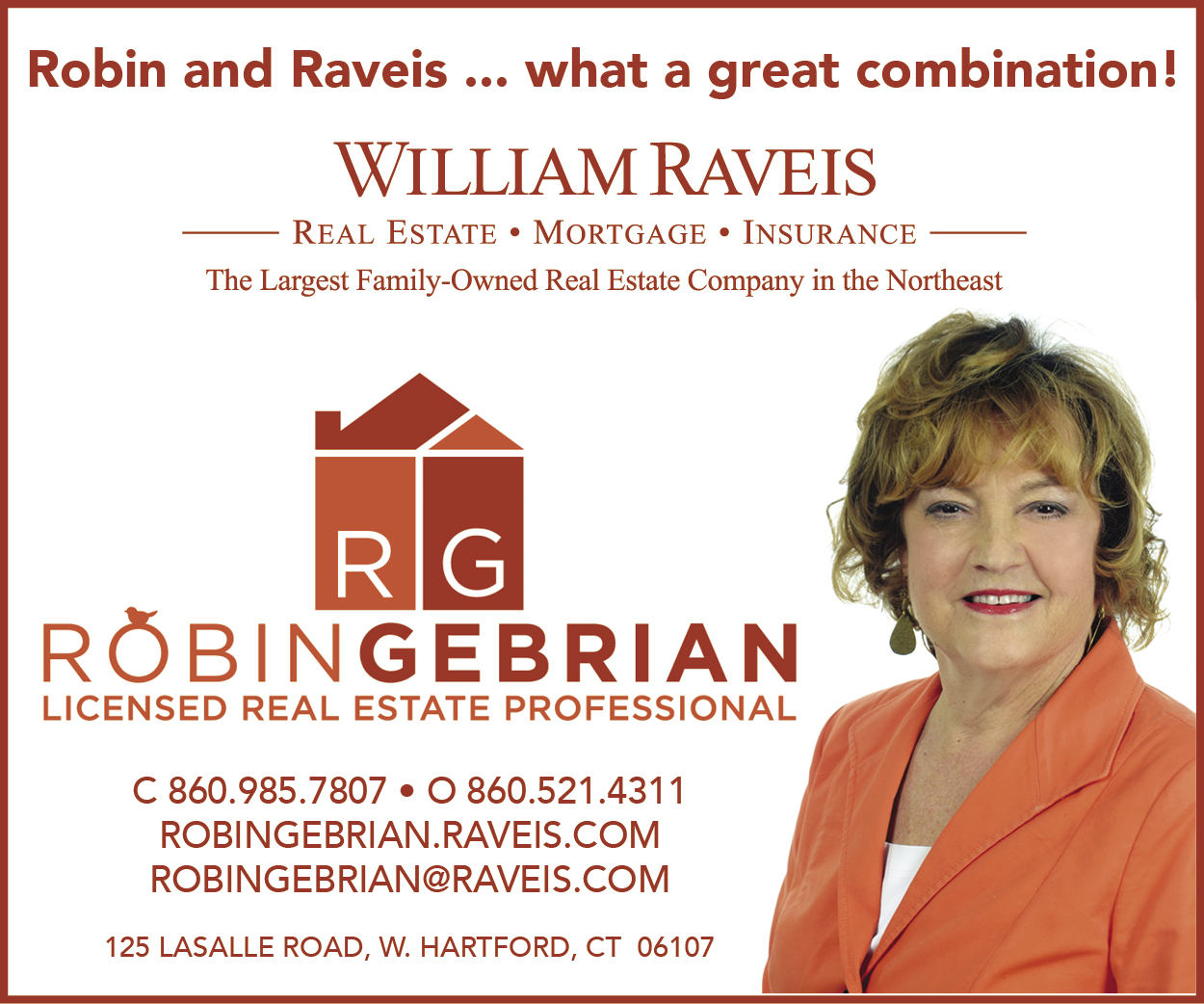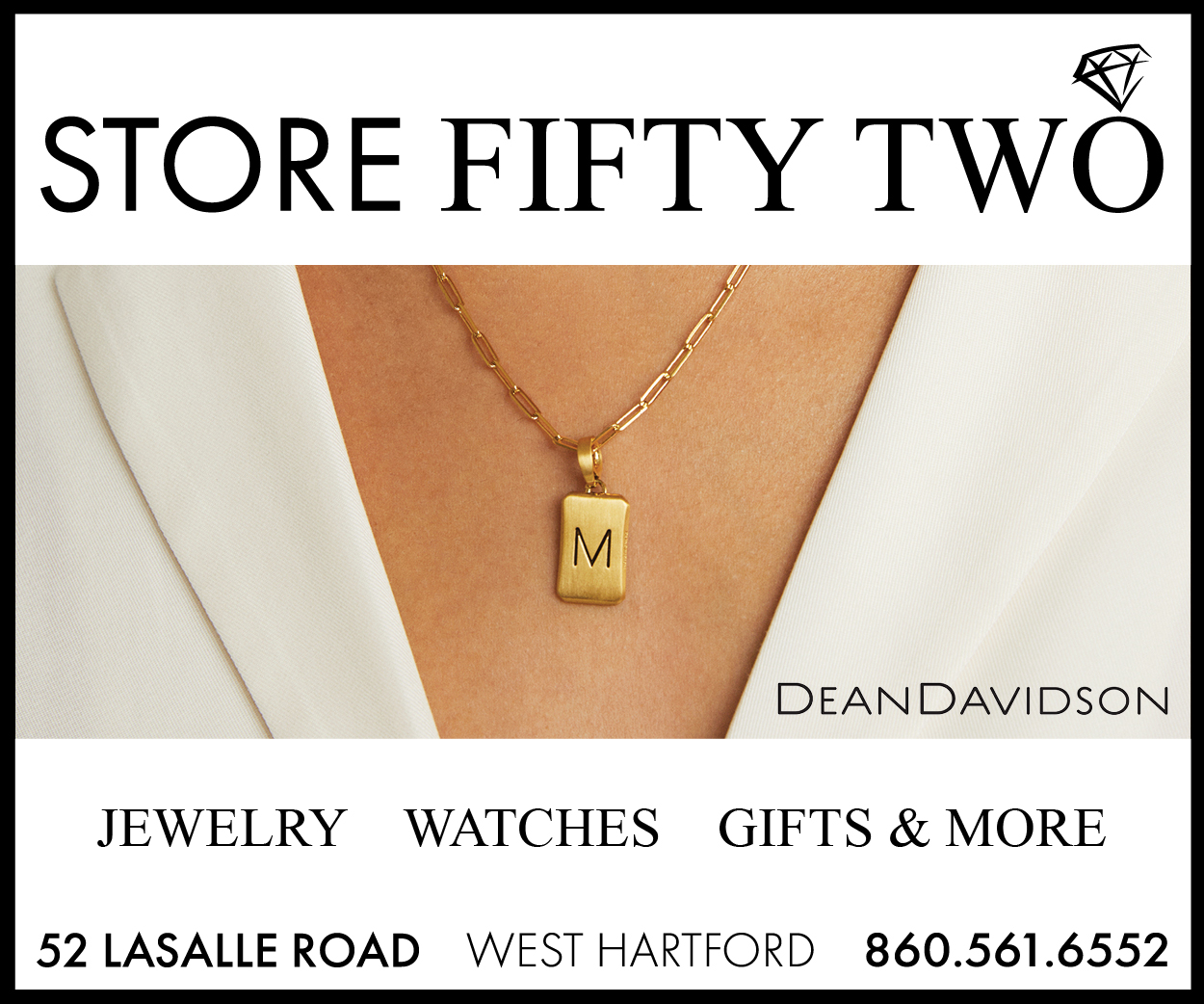By Cindy Mindell
WESTPORT – With UConn on the court for the annual NCAA basketball tournament, most of the Connecticut Jewish community have made it through the month without realizing that, in addition to celebrating women’s history and Irish-American heritage, March is also designated as “National Jewish Arts Month.”
This is partly because the title is bestowed not from a government agency, but rather from the American Guild of Judaic Art, a not-for-profit professional organization based in Georgia.
Founded in 1991 in Manhattan as a forum to connect creators of Jewish art, the guild took up residence in the Elaine Kaufman Cultural Center (formerly the Hebrew Arts School and now the Kaufman Music Center) and built up an international membership before relocating to Dacatur, Ga.
Among its programs promoting Jewish arts, the guild established an annual Jewish Arts Week to coincide with the reading of Parshat Vayakhel in Exodus, in which Bezalel is introduced as the first Jewish artisan, along with descriptions of his designs for the Tabernacle in the Sinai Desert.
The week grew into a month, with Jewish communities throughout North America holding events related to Jewish arts, coordinated by local guild members and hosted by synagogues, JCCs, and other Jewish organizations.
Today, Westport resident Susan Lowenthal is the only guild member in Connecticut listed on the organization’s website. She joined in 2010 as a way to network with other Judaica artists. The guild holds an annual meeting and exhibition, usually piggybacking at another national Jewish organization’s yearly or biennial convention.
“There are small pockets of events being done for Jewish Arts Month in various Connecticut synagogues, but it’s not widespread,” says Lowenthal, who has shown and sold her work at annual winter-holiday vendor fairs at the Stamford JCC and Temple Israel in Westport.
Lowenthal discovered a passion for art early in life. The daughter of Holocaust survivors, she was born in a Displaced Persons (DP) camp in Munich in 1947 and came to the U.S. with her parents two years later. The family settled in the Lower East Side, where her parents opened a tiny store on Orchard Street, selling clothing and military-surplus goods. They later opened a home-goods store across the street. Lowenthal grew up working with her parents, nurturing an early passion for art.
“I was in love with arts and crafts from the time I was a small child,” she recalls. “I would buy the paper dolls that come with clothes you cut out, throw out the clothes, and make my own. As a teen, I decoupaged anything that didn’t walk. I was always dabbling in art and making things. My mother liked to sew and I would design dresses and she would make them. But you couldn’t study art in school – that’s what beatniks did.”
Lowenthal chose psychology as a more practical college major. “It was worthless, so I went into various fields, mostly in advertising and on Wall Street,” she says. She worked her way up to the CEO position of a Wall Street securities firm, all the while keeping her art alive by painting, decoupaging, and etching glass in her kitchen “studio” in Riverdale, N.Y. She began experimenting in stone, creating Shabbat candlesticks and Chanukah menorahs.
She began working in glass, purchasing her first kiln just before being diagnosed with cancer. Surgery was successful and she returned to her art, combining glass and stone to create new Judaica pieces. Finally, in 1994, art trumped Wall Street, and Lowenthal and her husband moved to Westport, where they launched a gift-basket business.
“I didn’t think I was ready to sell my artwork, and when the guys in my office sent a gift basket when I was in the hospital, I thought, ‘I could do much better than this,’” Lowenthal says. The business took off, mostly among Lowenthal’s old Wall Street contacts. When a customer ordered a beauty-product basket, the artist and her husband created Accents Naturally, a line of skincare packaged in fine crystal containers. Lowenthal then became a freelance consultant to the creative industries, working on product design, packaging, repurposing, marketing plans, and booth design.
Mostly self-taught, Lowenthal has taken classes and workshops along the way to gain specific skills. She attends the Glass Craft & Bead Expo in Las Vegas every year to learn about new materials and meet new teachers.
“Most of my inspirations are not well-known artists, and a lot of my ideas come from looking at something and enjoying it – another artist’s work, even what’s going on outside my window,” she says. “I ‘potchke’ a lot. Even when I’m sitting doing nothing, I’m folding paper or playing with a pen, I play with computer graphics programs, and I’m open to just letting my mind wander.”
Lowenthal regularly shows and sells her work at the American Crafts Festival at Lincoln Center for the Performing Arts in New York, and at the Berkshires Arts Festival in Great Barrington, Mass., both juried exhibitions, as well as at Bet Am Shalom annual Judaica craft show in White Plains, N.Y.
With many local artists throughout Connecticut working with Jewish themes and creating Judaica, Lowenthal believes that more awareness can and should be brought to the Jewish community about those artists in their midst. Her advice: “Hound your local synagogues and JCCs to have artist talks and exhibitions,” she says.
For more information on the American Guild on Judaic Art visit jewishart.org.
Comments? email cindym@jewishledger.com.








 Southern New England Jewish Ledger
Southern New England Jewish Ledger




